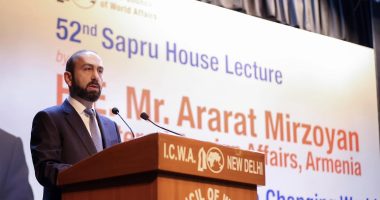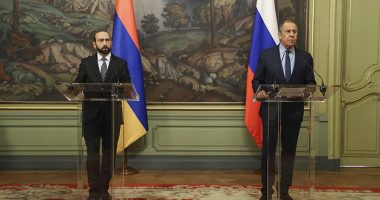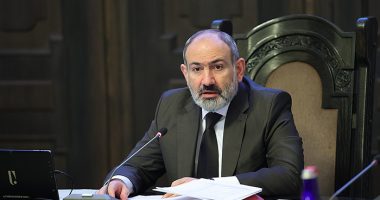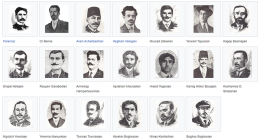MISSION HILLS — Ararat-Eskijian Museum, present “Armenian-Syriac Cultural Relations and Armenian Translation of Syriac Literary Works” A talk by Onnik Kiremitlian, PhD candidate in the Oriental Institute of the Catholic University of Louvain, Louvain-la-Neuve, Belgium. Sunday November 05, 2017, at 4:00 PM Ararat-Eskijian Museum/Sheen Chapel, 15105 Mission Hills Road, Mission Hills, Calif., 91345.
Armenian-Syriac political, commercial and cultural relations were developed in the early period of the Christian era, to the extent that many kings of the Syriac kingdom of Osroene adjacent to the Southern border of historic Armenia, starting from early 2nd century were Armenian in origin. Since the earliest periods of the introduction of Christianity into Armenia, alongside the Greek-speaking Hellenic branch, Syriac Christianity had an important and formative influence in shaping the earliest period of the ascending new religion in Armenia.
In the pre-alphabet oral period of preaching Christianity in Armenia, Syriac played an important role as a medium through which biblical teachings and liturgical doctrine were transmitted to the populace untrained in the new faith. Thus also vast terminology relating to commercial and religious spheres passed into Armenian language in this period.
After the founding of the Armenian alphabet, the Bible was initially translated from Syriac, traces of which can be found in some Armenian extent manuscripts.
In the Golden age of Armenian literature of the fifth century many Syriac works were translated, a sizeable amount of which remain lost to posterity, and are preserved only in Armenian. We witness the same surge in ecclesiastical rapprochement and close-cultural contacts between the Armenian and Syriac churches in subsequent centuries, especially during the Silver age of the Armenian literature which flourished in the Cilician Kingdom of Armenia in the 11-14th centuries.
In this period we find fruitful collaborative translation activity from Syriac into Armenian, where notable figures, such as Catholicos Gregory II the Martyrophile († 1105), Catholicos Nerses IV the Gracious († 1173) champion of Church unity, the erudite polyglot Nerses Lambronatsi († 1198), as well as the prolific scholar Vartan Areveltsi († 1271) enriched the Mediaeval Armenian literature with precious new translations from Syriac, as a result saving many subsequently lost Syriac works from irretrievable loss.
Onnik Kiremitlian is currently a PhD candidate in the Oriental Institute of the Catholic University of Louvain, Louvain-la-Neuve, Belgium, and is in the advanced stage of completing his research thesis on the Armenian and Syriac writings of the 7th c. Syriac church father Marutha of Tagrit.
Admission free (Donations appreciated) For more information please contact (747) 500-7585 or [email protected]










